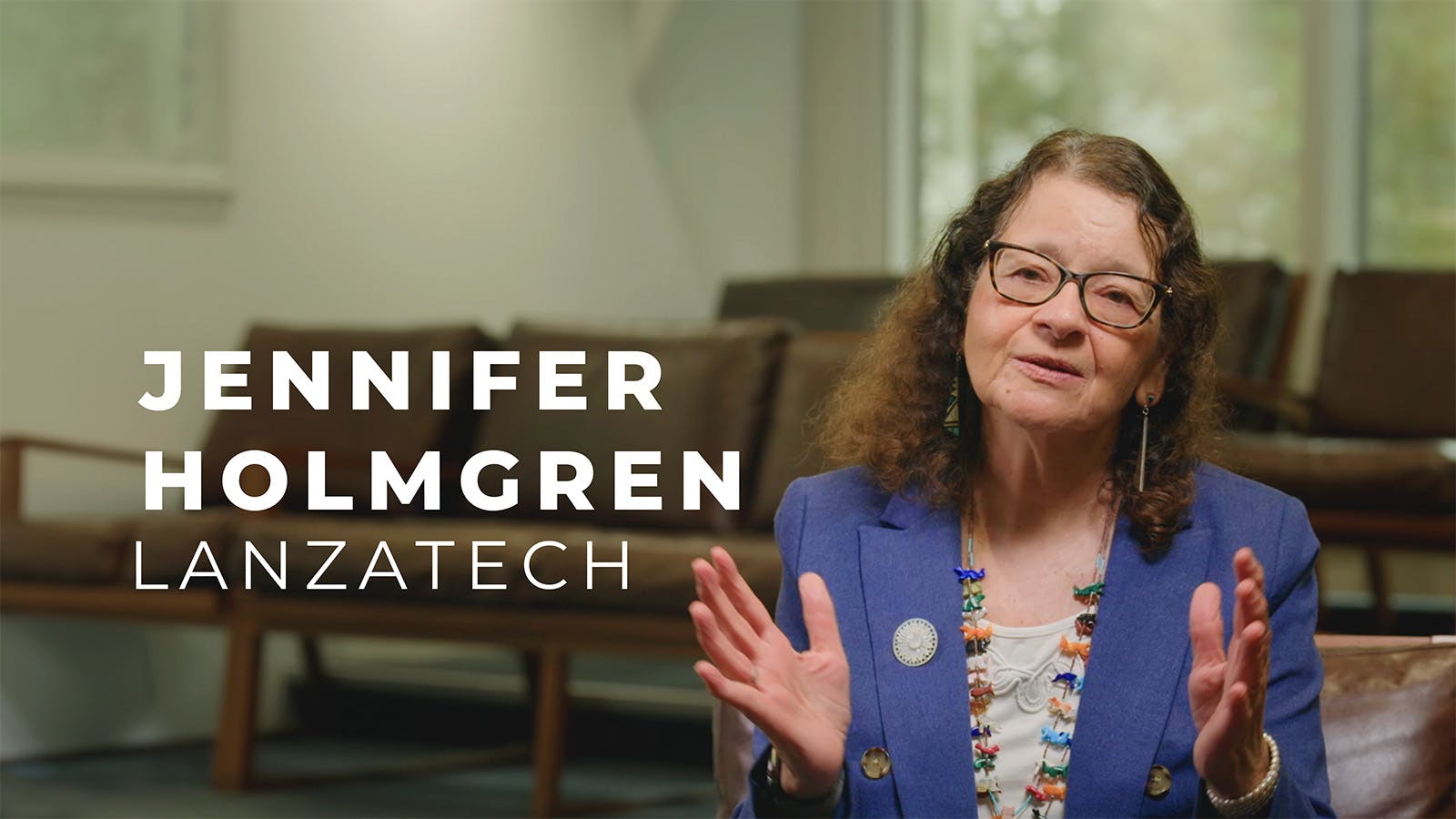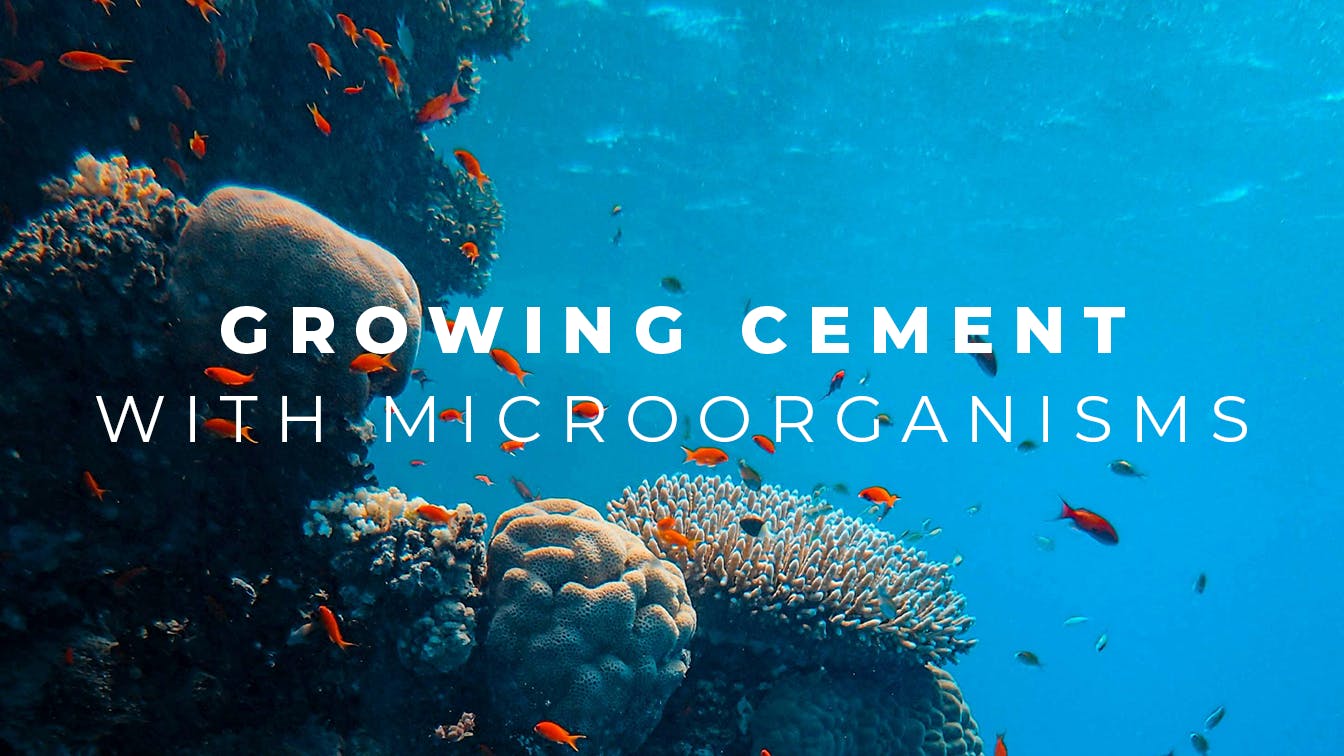
RE:imagine Tech
What if nature and technology worked hand in hand?
Since the first stone tool was created, technology has shaped our relationship with our surroundings. Today, tech has a mandate not only to make our lives easier but to safeguard the health of all species.
By reducing emissions, recycling resources, and creating materials that mimic nature, technology can help us regenerate nature and redefine our relationship with the planet.
Biomimicry
Learning from nature to create breakthrough technologies
Mycocycle
Inspired by the way organic matter decomposes on the forest floor, Mycocycle have trained fungi to consume construction waste. Once these lab-trained fungi have done their work, they leave behind a biomaterial that can be reused in a wide range of applications.

Repurposing Rubbish
How can we turn waste into valuable new materials?
Amager Bakke
Dealing with urban waste is one of the major challenges facing us today. Copenhagen's iconic Copenhill facility combines a clean waste to energy plant with an outdoor recreational space, including a dry ski-slope.

Reducing Industrial Emissions
The technological innovations helping industries cut emissions
The Circular Carbon Economy
In the circular economy, everything is reused – even carbon emissions. LanzaTech, a biotechnology company based in the US, are capturing carbon that's already above ground and converting it into new items. CEO Jennifer Holmgren's vision for the future is one where our everyday products are made from recycled carbon emissions.

Carbon Capture Insights
What is the potential of carbon capture, utilisation and storage?
Recycling CO2 Waste
Which technologies are cutting carbon emissions at the source?
Evolving Technology
How can we bring biological processes into the heart of innovation? Humans have been using biotechnology to meet their needs for millennia, but today, the growth in the sector is reaching new heights. As Ginger Krieg Dosier, Co-Founder of Biomason, puts it, "we’re in a biotech revolution”.

Biotechnology
Transforming industry with the use of living cells and bacteria
Materials Science
How can innovations in materials alter the fabric of our economy?
Biomason
Concrete is the most commonly used material in construction, but its main ingredient – cement – comes at a high cost to the environment. Inspired by coral in marine ecosystems, Biomason's core product harnesses natural processes to grow a low-impact alternative to cement.

Reusing Resources
Building circularity by repurposing valuable resources
Shipping
Steering the shipping industry towards more sustainable practices
Notpla
Notpla have created a home compostable alternative to plastic derived from seaweed, a diverse and abundant organism found around the world. The company was selected as the winner of Prince William’s Earthshot Prize 2022, in the category of ‘Build a Waste-Free World’.

AI
How is artificial intelligence accelerating climate solutions?
Textiles
Reweaving a more innovative, sustainable textiles industry
Aquafil
Every year, the textile industry generates more than 70 million tonnes of synthetic waste, with nylon often ending its life in landfill. Giulio Bonazzi, CEO of Aquafil, has addressed this problem by creating ECONYL, a material that's identical to traditional nylon except for one thing: it's created entirely from waste.

Circular Design
Developing waste-free supply chains
Space Tech
How can technology in space help us solve problems on Earth?





























































